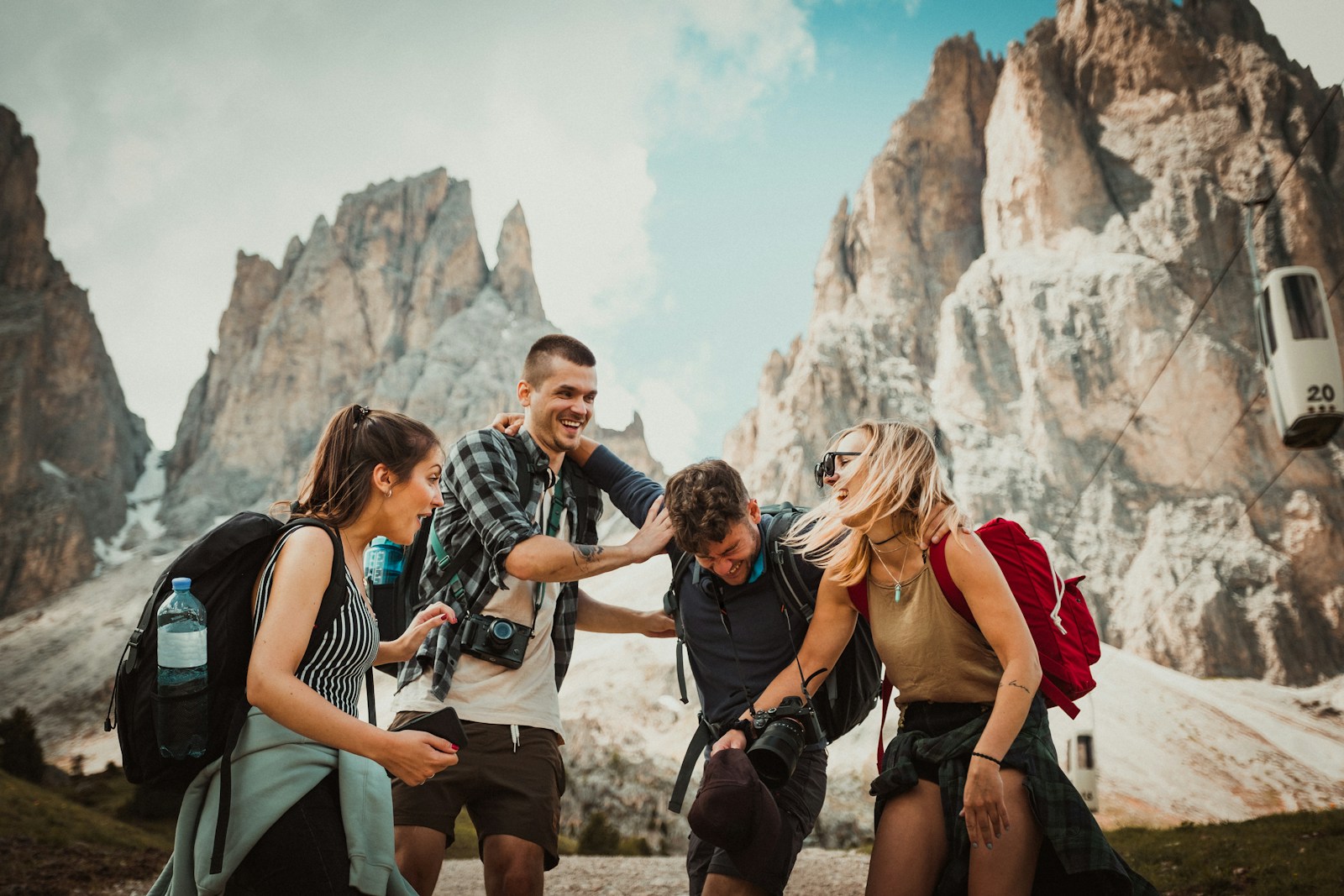The great outdoors calls to us with its breathtaking vistas, fresh air, and the promise of adventure. Whether you’re hiking through dense forests, camping under starlit skies, or kayaking across serene lakes, nature offers unparalleled experiences that refresh our spirits and reconnect us with the world beyond our digital screens. However, with the increasing popularity of outdoor recreation comes a greater responsibility to protect these natural spaces. Outdoor etiquette isn’t just about being polite to fellow adventurers—it’s about ensuring that the wilderness remains pristine for generations to come. This guide will walk you through the essential principles of being a responsible outdoor enthusiast, helping you minimize your impact while maximizing your enjoyment of nature’s wonders.
Understanding Leave No Trace Principles
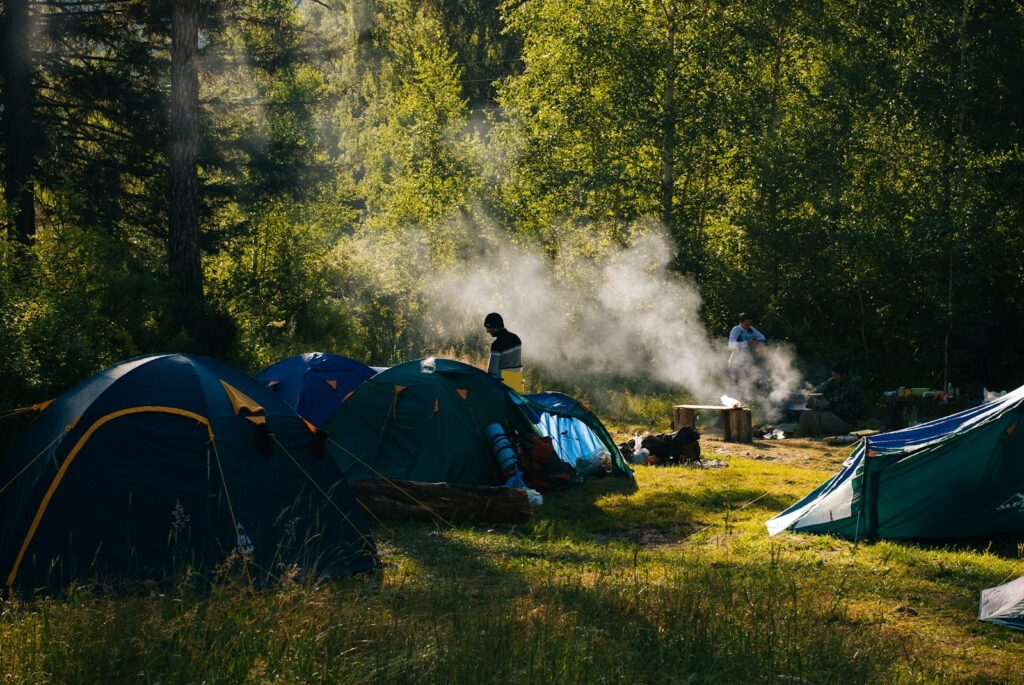
The Leave No Trace (LNT) philosophy forms the backbone of outdoor ethics, consisting of seven core principles designed to minimize human impact on natural environments. These guidelines weren’t created to restrict outdoor enjoyment but rather to ensure that natural spaces remain unspoiled for future visitors and wildlife. Originally developed in the 1960s by the U.S. Forest Service, these principles have evolved through scientific research and practical experience to become the gold standard for outdoor behavior.
Following LNT principles means taking responsibility for your actions in the wilderness, from properly disposing of waste to respecting wildlife from a distance. By integrating these principles into your outdoor activities, you become part of the solution rather than contributing to environmental degradation.
Plan Ahead and Prepare

Proper preparation is the first step toward responsible outdoor adventure and forms the foundation of the Leave No Trace principles. Before setting out, thoroughly research your destination, including trail conditions, weather forecasts, regulations, and potential hazards specific to the area. Preparation also means bringing appropriate gear, sufficient food and water, navigation tools, and emergency supplies to handle unexpected situations without needing to improvise solutions that might harm the environment.
Planning your route carefully helps avoid creating new trails or disturbing sensitive ecological areas when you’re forced to deviate from your path. Additionally, considering the size of your group and planning for appropriate timing can help minimize crowding and impact on popular destinations, especially during peak seasons when ecosystems may already be under stress.
Travel and Camp on Durable Surfaces
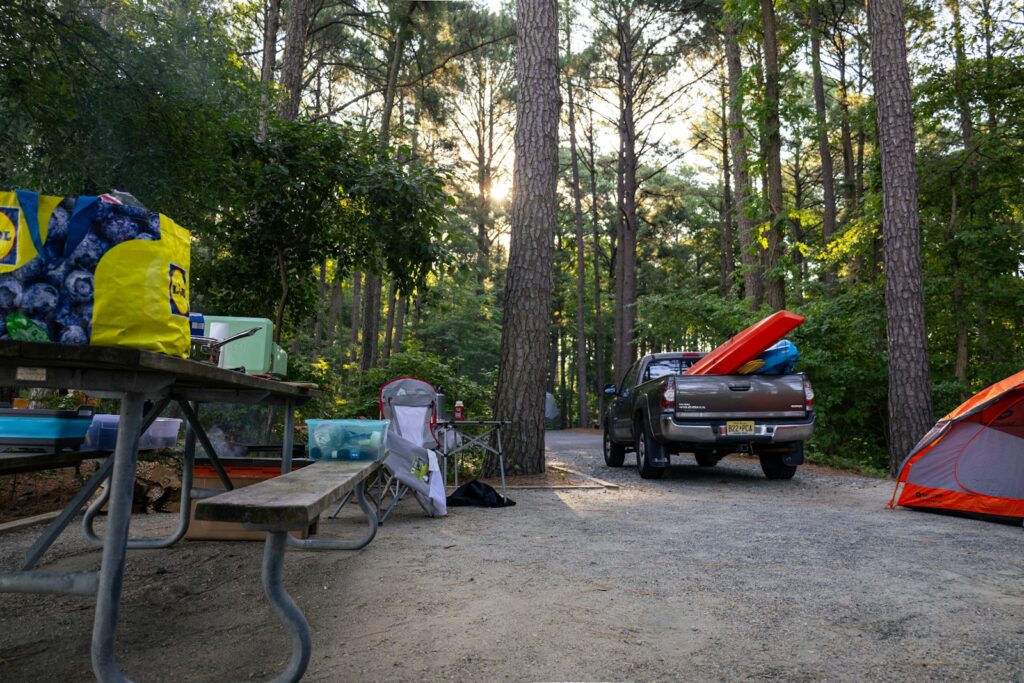
The way you move through and set up camp in natural areas can significantly affect the landscape’s integrity and recovery potential. Durable surfaces include established trails, rock, gravel, dry grasses, snow, or designated campsites that can withstand repeated use without permanent damage. When hiking, stay centered on existing trails even when muddy or wet to prevent trail widening and vegetation damage along the edges. In pristine areas without trails, disperse your travel to prevent creating visible paths that might encourage others to follow, potentially creating unofficial trails that cause erosion and habitat fragmentation.
When camping in popular areas, always use designated sites to concentrate impact where it’s already occurred rather than disturbing new areas. Remember that some surfaces, like desert cryptobiotic soil crusts or alpine vegetation, can take decades or even centuries to recover from a single footprint.
Dispose of Waste Properly

Proper waste management is crucial for maintaining the ecological and aesthetic integrity of outdoor spaces, yet it’s often overlooked by casual visitors. The golden rule—pack it in, pack it out—applies to everything from food wrappers and bottle caps to orange peels and apple cores, which can take years to decompose and alter wildlife behavior in the meantime. Human waste requires special consideration: in most backcountry settings, dig a cathole 6-8 inches deep at least 200 feet from water sources, trails, and camp areas, then cover and disguise it when finished.
For washing dishes or yourself, carry water at least 200 feet from streams or lakes and use biodegradable soap sparingly, as even these products can be harmful to aquatic ecosystems. When leaving your campsite, conduct a thorough sweep for microtrash—tiny bits of plastic, foil, or food that wildlife might ingest—leaving the area as pristine as you’d hope to find it.
Leave What You Find

The temptation to collect natural souvenirs or create stone cairns as mementos of your adventure can be strong, but practicing restraint preserves the wilderness experience for others. When millions of visitors each take just one rock, flower, or artifact, the cumulative impact dramatically alters natural processes and diminishes the sense of discovery for future adventurers. Archaeological and historical artifacts are protected by law in many places, and removing them not only carries legal penalties but also destroys irreplaceable cultural heritage.
Even rearranging natural features like stones to build cairns (except for necessary trail marking) can disrupt microhabitats for small creatures and interfere with others’ experience of a natural landscape. Instead of taking physical items, capture memories through photography, journaling, or sketching—creative practices that help you connect deeply with nature without diminishing it.
Minimize Campfire Impact
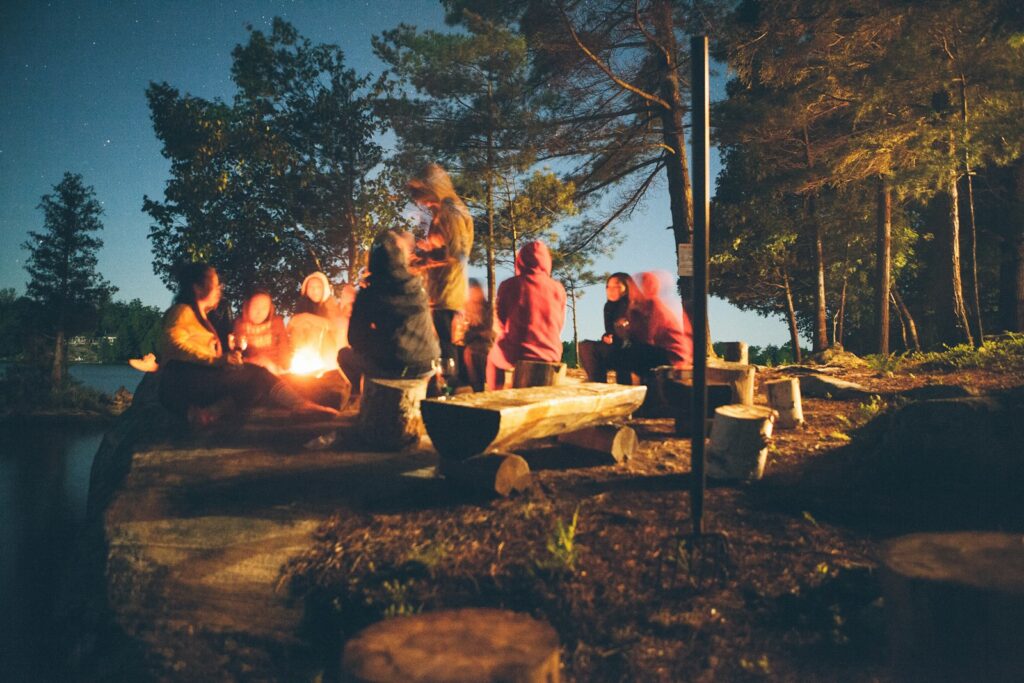
Campfires hold a primal appeal for outdoor enthusiasts, but their impact extends far beyond the visible fire ring. In heavily-used areas, campfire demand can strip the surrounding landscape of all dead and downed wood, which serves critical ecological functions as wildlife habitat and soil enrichment. Before building any fire, check local regulations as many areas prohibit or restrict fires during dry seasons or in sensitive ecosystems. When fires are permitted, use established fire rings or mound fire techniques, keep fires small, and burn only small diameter wood that can be broken by hand.
Never cut living trees or branches, and avoid importing firewood from other regions to prevent spreading invasive pests or diseases. Consider alternatives like lightweight camp stoves for cooking and LED lanterns for illumination, which provide the necessary functions without the environmental impact of a traditional campfire.
Respect Wildlife
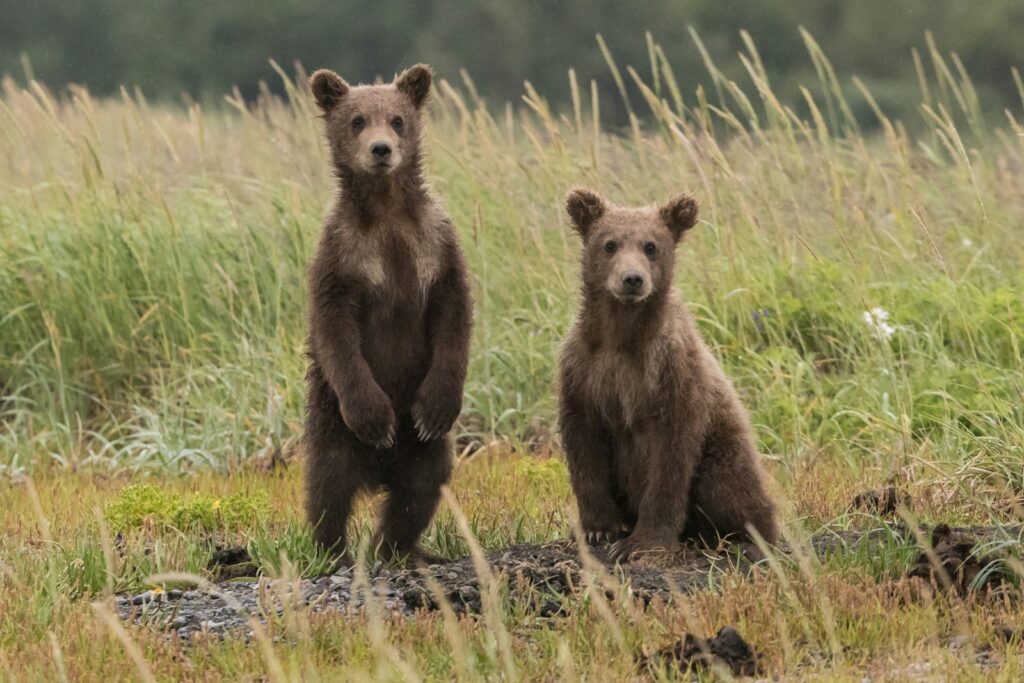
Encountering wildlife is often a highlight of outdoor adventures, but these interactions must happen on nature’s terms, not ours. Observing animals from a distance with binoculars or telephoto lenses allows you to witness natural behaviors without causing stress or habituation. Feeding wildlife—whether intentionally offering food or carelessly allowing access to your provisions—causes numerous problems, from nutritional deficiencies to dangerous human dependency and aggression. During sensitive times like mating season, nesting, or when raising young, animals need additional space and consideration to ensure their survival.
Keep pets under control or leave them at home in wildlife-rich areas, as even the most well-behaved dogs can disrupt natural behaviors and stress wildlife through their presence. Remember that you’re a visitor in these animals’ homes—their survival depends on maintaining their natural wariness of humans and accessing undisturbed habitat.
Be Considerate of Other Visitors

The outdoors belongs to everyone, making courtesy toward fellow adventurers an essential component of wilderness ethics. Excessive noise from loud conversations, music, or electronic devices can shatter the natural soundscape that many seek in outdoor experiences. Yielding the right of way appropriately—uphill hikers have priority on trails, and larger groups should make way for smaller ones—helps maintain trail flow and prevents vegetation damage from off-trail passing.
When taking breaks, move off the trail to allow others to pass without disruption, and choose inconspicuous rest spots to avoid dominating scenic viewpoints. Technology has its place in outdoor recreation for safety and navigation, but consider the impact of drones, Bluetooth speakers, or even constant photography on others’ wilderness experience. Simple awareness of your presence in shared spaces allows everyone to find the natural connection they’re seeking.
Trail-Specific Etiquette

Beyond general outdoor principles, specific trail activities have developed their own etiquette guidelines to manage interactions between different user groups. On multi-use trails, understanding the established hierarchy helps prevent conflicts: generally, hikers yield to horses, while cyclists yield to both hikers and equestrians, though local customs may vary. When encountering horses, step to the downhill side of the trail and speak calmly to avoid startling the animals.
Groups should hike in single file on narrow trails rather than walking abreast, which prevents trail widening and vegetation damage. When passing slower hikers from behind, politely announce your presence with a friendly “On your left” rather than startling them with a sudden appearance. Proper disposal of pet waste is particularly important on heavily-used trails near urban areas, where accumulated waste can create health hazards and diminish everyone’s enjoyment of the natural setting.
Responsible Photography Practices

In the age of social media, outdoor photography has exploded in popularity, creating new ethical considerations for wilderness visitors. Geotagging sensitive locations can lead to overwhelming visitation that damages fragile ecosystems and cultural sites, prompting the movement toward more general location tagging like “Colorado Mountains” rather than specific spots. When pursuing that perfect shot, resist the temptation to venture off established paths or disturb wildlife, as no photograph justifies environmental damage. Props, staged scenes, and artificial alterations to the landscape (like colored smoke bombs or glitter) have no place in natural settings and often violate regulations.
Consider the message your images send—photographs showing proper outdoor ethics in action can inspire responsible behavior, while images glorifying rule-breaking or risky activities can encourage harmful copycat behavior. Responsible photography captures the beauty of natural spaces while respecting their integrity and the shared nature of public lands.
Navigating Crowded Destinations

As outdoor recreation grows in popularity, many once-secluded destinations now face unprecedented visitor numbers, creating challenges for both land managers and adventurers. Consider visiting popular locations during off-peak times—weekdays, shoulder seasons, or early mornings—when crowds are thinner and your impact is distributed more sustainably. Research alternative destinations that offer similar experiences to famous landmarks but receive fewer visitors, helping disperse impact across the landscape.
Parking properly is an often overlooked aspect of outdoor ethics; avoid creating your own parking spot when designated areas are full, as this damages vegetation and can block emergency access. When trails or viewpoints are crowded, practice patience rather than creating unauthorized “social trails” to bypass others, which causes lasting damage to sensitive vegetation. Remember that your individual choices, multiplied across thousands of visitors, determine whether these beloved places remain accessible for future generations.
Cultural Sensitivity in Outdoor Spaces

Many outdoor destinations hold deep cultural significance for Indigenous peoples and local communities, requiring visitors to approach these places with awareness and respect. Sacred sites, ceremonial grounds, and traditional gathering areas deserve particular consideration; some may be closed to recreational visitors or have specific behavioral expectations. Rock art, historic structures, and archaeological sites offer irreplaceable windows into human history and must be viewed without touching, climbing on, or otherwise disturbing these fragile resources.
When recreating near tribal lands or in areas with significant cultural heritage, research appropriate protocols beforehand and be prepared to adjust your plans if necessary to honor community wishes. Supporting Indigenous-led outdoor initiatives, hiring local guides, and learning about the traditional stewards of the lands you visit enriches your own experience while acknowledging that public lands have complex histories beyond their recreational value.
Teaching Children Outdoor Ethics

Instilling outdoor ethics in young adventurers creates the next generation of wilderness stewards while enhancing family experiences in nature. Make learning fun by turning Leave No Trace principles into games—challenge kids to find and properly dispose of microtrash, or create a scavenger hunt for animal signs that can be observed without disturbance. Involve children in trip planning and preparation, helping them understand why certain rules exist and how their actions affect the natural world. Model proper behavior consistently, as children learn more from what adults do than what they say—demonstrate curiosity about nature without taking souvenirs, and show excitement about wildlife sightings from an appropriate distance.
Adjust expectations for children’s developmental stages; very young children may need simplified concepts like “leave nature how we found it,” while older kids can engage with more complex ecological relationships and their own role in conservation. Fostering this connection between responsible behavior and outdoor enjoyment creates lifetime habits that benefit both the children and the wilderness they’ll someday protect.
Emergency Situations and Ethical Considerations
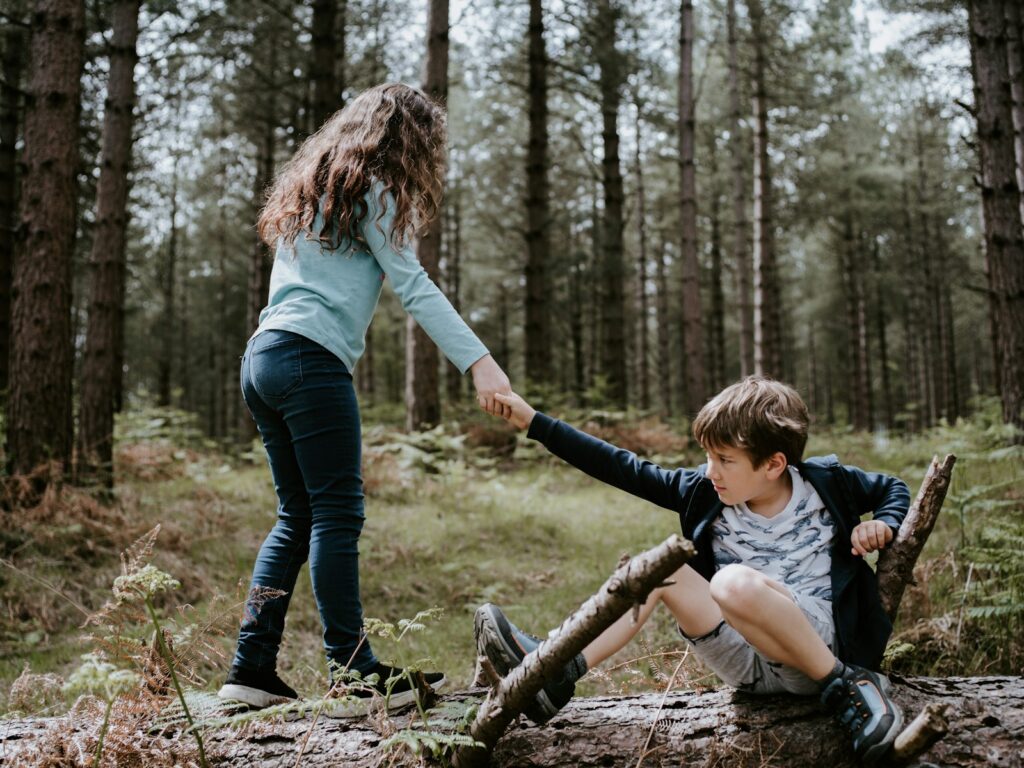
True emergencies sometimes necessitate actions that would otherwise violate outdoor ethics principles, creating complex ethical decisions in crisis situations. Generally, human safety takes precedence over Leave No Trace considerations when genuine emergencies arise, but proper preparation can minimize these difficult choices. If someone is injured, providing first aid and ensuring their safety comes first, even if it means temporarily impacting the environment to signal for help or create shelter.
However, distinguishing between true emergencies and mere inconveniences is crucial—being caught in darkness because you started too late isn’t an emergency justifying a new campsite in a sensitive area. After resolving any emergency situation, make your best effort to minimize lasting impact by removing emergency gear, restoring altered areas, and reporting your actions to land managers if significant disturbance was unavoidable. Carrying a satellite communication device in remote areas allows you to summon help without resorting to environmentally damaging signal methods like smoke fires in non-emergency situations.
Becoming an Outdoor Steward

Responsible adventure extends beyond personal practices to active stewardship of the places you love. Consider participating in organized trail maintenance days, habitat restoration projects, or cleanup events in areas you frequently visit, directly contributing to their preservation. Learning to identify invasive species allows you to report sightings to land managers or participate in removal efforts that protect native ecosystems. Support sustainable outdoor recreation through your voice and wallet by advocating for conservation policies and patronizing businesses that demonstrate environmental responsibility. Share your knowledge of outdoor ethics with others in a positive, non-judgmental manner—a friendly conversation about proper food storage might prevent a dangerous bear encounter for a novice camper. Remember that stewardship isn’t just about preventing negative impacts but actively creating positive ones through education, advocacy, and direct conservation action that leaves outdoor spaces better than you found them.
Becoming a responsible adventurer isn’t about following a rigid set of rules—it’s about developing a mindful relationship with the natural world that balances your enjoyment with its preservation. The principles outlined in this guide represent not restrictions but opportunities: the opportunity to experience truly wild places, to witness undisturbed wildlife, and to connect with natural landscapes that remain vibrant and healthy. As outdoor recreation continues to grow in popularity, your individual commitment to treading lightly makes a significant difference in preserving these experiences for yourself and others. By embracing outdoor etiquette as an integral part of your adventure rather than an afterthought, you become part of a community that celebrates nature through protection rather than consumption. The wilderness offers us incomparable gifts of beauty, challenge, and renewal—responsible adventure is simply our thoughtful way of saying thank you.

